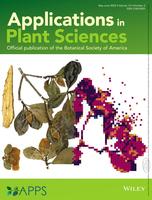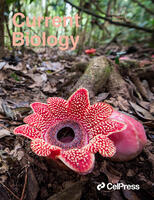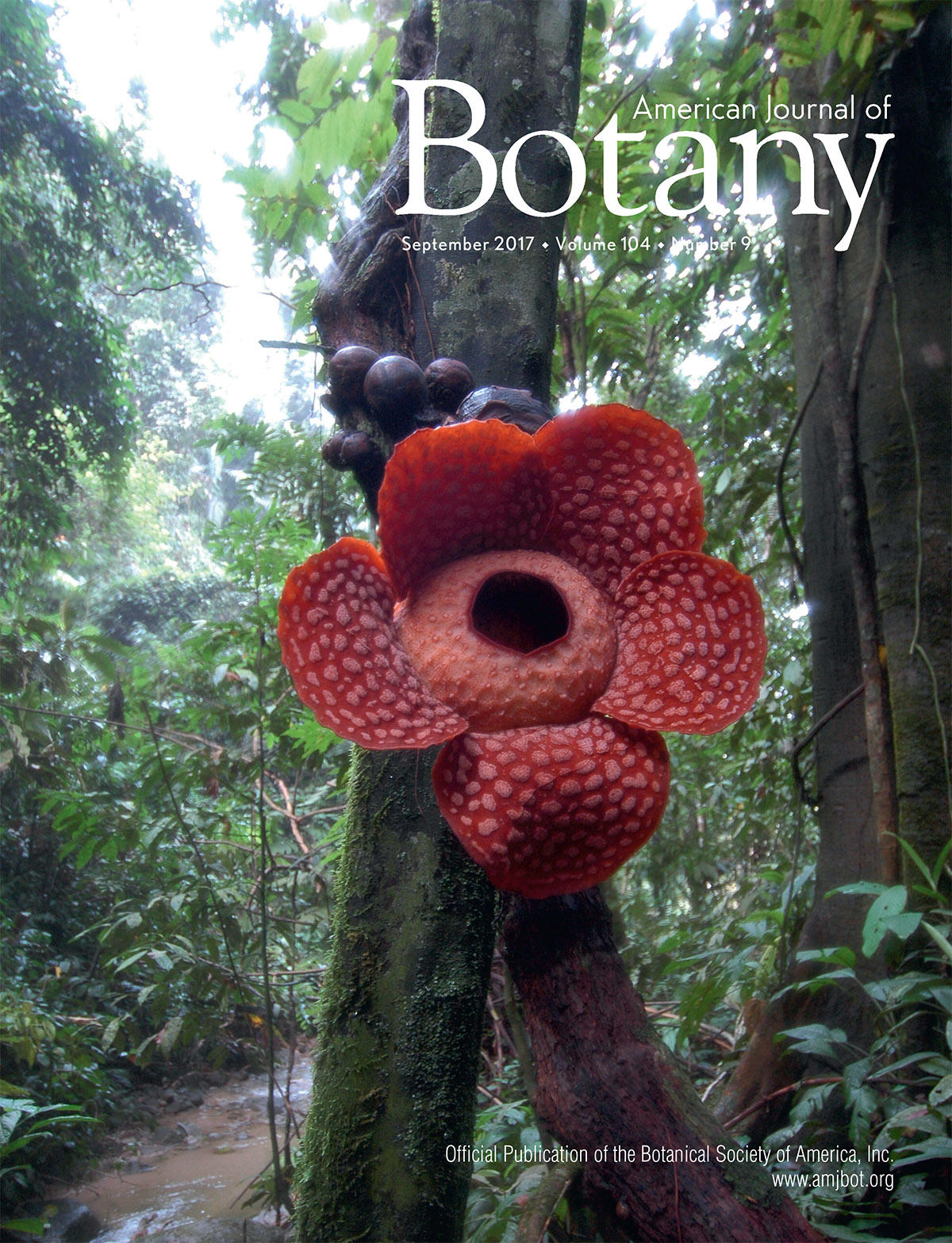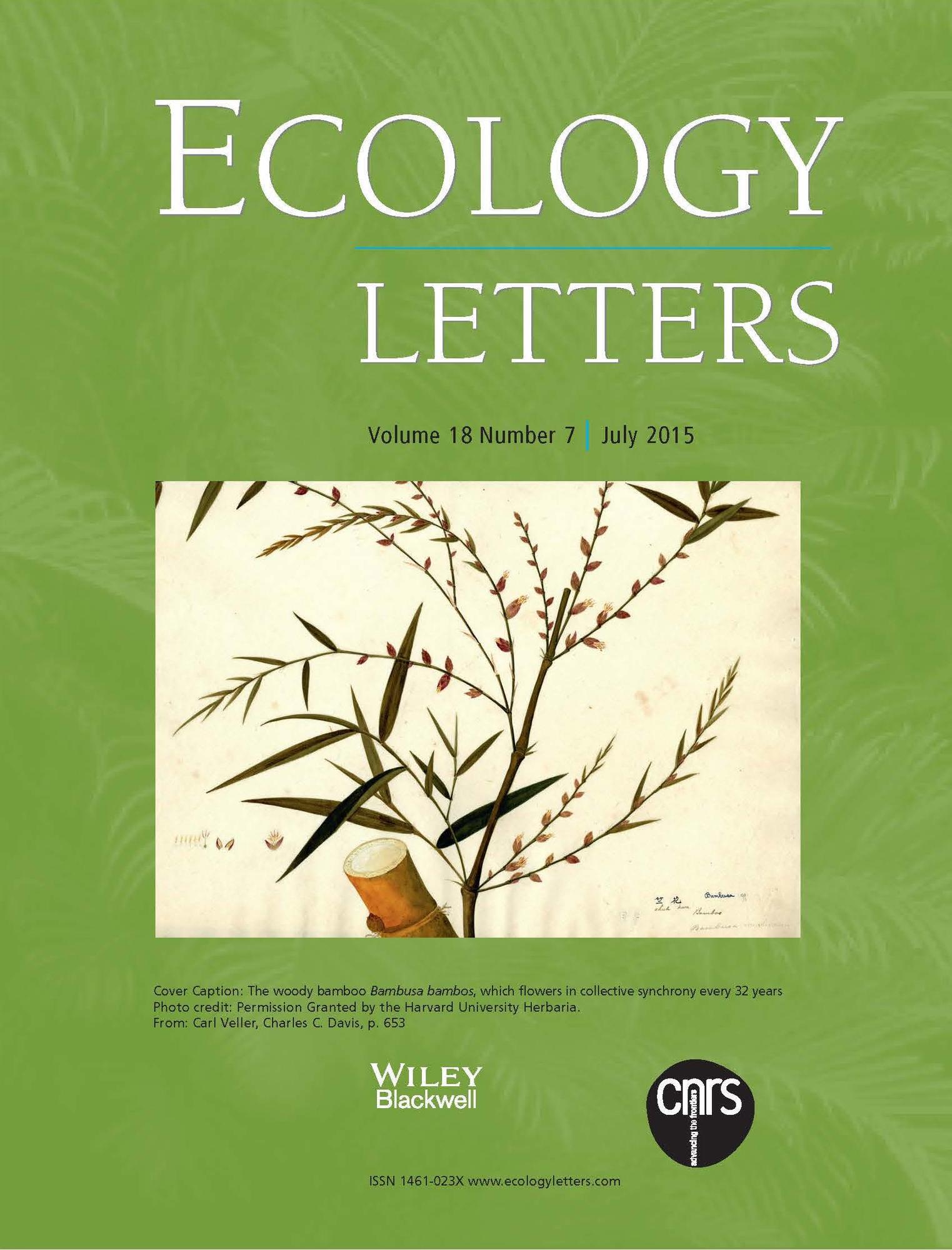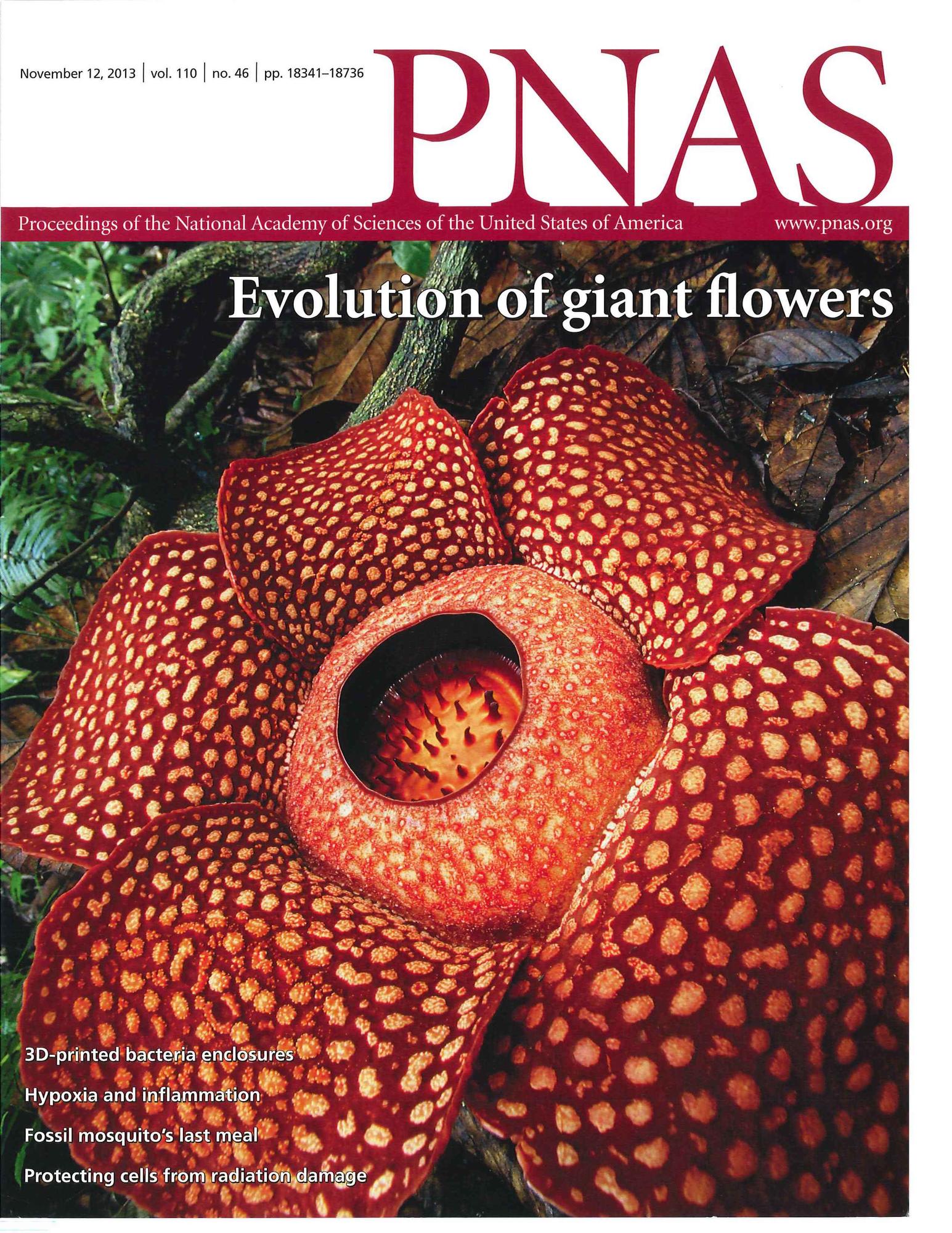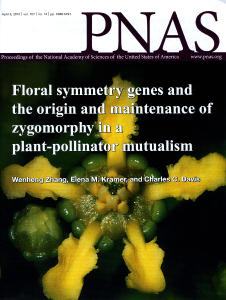Citation:
| 1.73 MB |
Abstract:
Abstract—The taxonomic use of infraspecific ranks (subspecies, variety, subvariety, form, and subform), and the formal recognition of interspecific hybrid taxa, is permitted by the International Code of Nomenclature for algae, fungi, and plants. However, considerable confusion regarding the biological and systematic merits is caused by current practice in the use of infraspecific ranks, which obscures the meaningful variability on which natural selection operates, and by the formal recognition of those interspecific hybrids that lack the potential for inter-lineage gene flow. These issues also may have pragmatic and legal consequences, especially regarding the legal delimitation and management of threatened and endangered species. A detailed comparison of three contemporary floras highlights the degree to which infraspecific and interspecific variation are treated inconsistently. An in-depth analysis of taxonomy of the North American flowering plant genus Sarracenia (Sarraceniaceae) provides an ideal case study illustrating the confusion that can arise from inconsistent and apparently arbitrary designation of infraspecific ranks and hybrid taxa. To alleviate these problems, we propose the abandonment of infraspecific ranks of “variety” and “form,” and discourage naming of sterile interspecific hybrids except for use in the horticultural or agronomic trade. Our recommendations for taxonomic practice are in accord with the objectives proposed in the Systematics Agenda 2000, Systematics Agenda 2020, and the Global Strategy for Plant Conservation. Keywords—Flora, nomenclature, Sarracenia, species concept, systematics.

